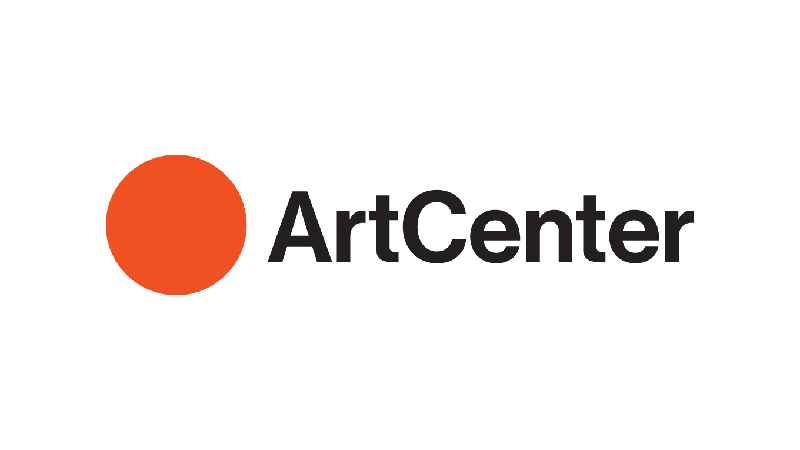Co-organized by the MIT Press Leonardo Journal, the Williamson Gallery, and Fulcrum Arts, the March LASER will feature FIVE pecha-kucha style presenters, concluding with a networking wine/beer/cheese reception in the gallery’s current exhibition, This Is Not a Selfie. LASER Talks are ongoing informal evening gatherings around topics resonating at the intersection of science, art, technology, and media.
Brian Brophy is a veteran actor in the film/TV/theater industry, and the director of Theater Arts at California Institute of Technology (TACIT). He is a Fulbright Scholar, Scholar in Residence at the Indian Institute of Technology (IIT), and recipient of a George Soros Foundation funding award for a theater project in Bosnia. At Caltech, Brophy has guided MACH 33, a program fostering compelling conversations about scientific, mathematical, and technological questions by staging readings of new, unpublished plays by Los Angeles-area and Caltech/JPL playwrights. In addition, Caltech Theater has helped develop exciting new plays such as God Particle Complex by Chris Bell and Josh Zeller, Mate by Lolly Ward, Tesla by Dan Duling, Out of Orbit by Jennifer Maisel, The Washing of the Water by Marcus Renner, and the trilogy of plays by George Morgan: Rocket Girl, Pasadena Babalon, and Capture the Sun.
Kevin M. Gill is a software engineer, planetary and climate data wrangler at NASA-JPL. Originally from New Hampshire, Gill moved to Los Angeles in 2015. Recent projects include the Data Analysis Tool on the NASA Sea Level Change Portal, the Orbit Viewer visualization for the Center for Near Earth Object Studies, and image processing for the Cassini mission. In addition to his JPL work, Gill’s citizen scientist curiosity took him into processing raw visual data from NASA spacecraft, in particular HiRISE data of the Cydonia Region of Mars, then Cassini, Galileo, and Voyager image processing, and more recently Juno mission documentation of Jupiter. Gill’s images of these faraway worlds are among the most spectacular ever made.
James Griffith is a Southern California artist whose paintings and drawings shape perceptions of nature as both beautiful and systemic, local and cosmic. In his recent Natural Selection and Evolution series, and paintings in progress for the July 2018 Williamson Gallery exhibition MOONS, Griffith has gathered his paint medium from a primordial pool of decayed organisms at the La Brea Tar Pits in Los Angeles. He then layers thin random washes and splashes of diluted tar on gesso panels, and watches for accidents that suggest an emerging animal species or celestial object. With this circular unfolding, his process echoes his subject. Evolution — of a species or of the universe itself — is the operating dynamic for his process of making, while at the same time being the poetic for which his paintings become a metaphor.
Ian Ingram is a Los Angeles-based artist who builds mechatronic and robotic systems that borrow facets from animal morphology and behavior, from the shapes and movements of machines, and from our stories about animals. These systems are often intended to cohabitate and interact with animals in the wild. His recent work has been attempts to “. . . create a sort of messy web in the umwelts of specific non-human species and human beings by creating robotic systems that — in scale, form, behavior and gesture — make signals truly meaningful to the non-human species but often in a playful human-like narrative context. The robots use computer vision or sound signal processing to search the world for the signals of target species and then attempt to respond through similar gestural and audible signalling.”
Elana Mann creates artworks that bring a greater consciousness to the listening and speaking we practice in everyday life. Mann utilizes a multidisciplinary approach the includes performance, photography, event coordination, drawing, video, rioting, publishing, and sculpture. Many of her installations encourage public engagement and participatory performance among her audiences. Through her installations, Mann researches the ephemeral and immaterial power of sound and listening. Her work is guided by the belief that the act of listening is a physical experience that can move people emotionally, help form deep interpersonal connections and be an agent of social change. Her 2016 installation Talk Through The Hand proposed an instrument that illuminates both the political attempts to constrain public speech and the resilience of the human voice to prevail against all odds.
ArtCenter College of Design
Hillside Campus
1700 Lida Street
Pasadena, CA 91103


